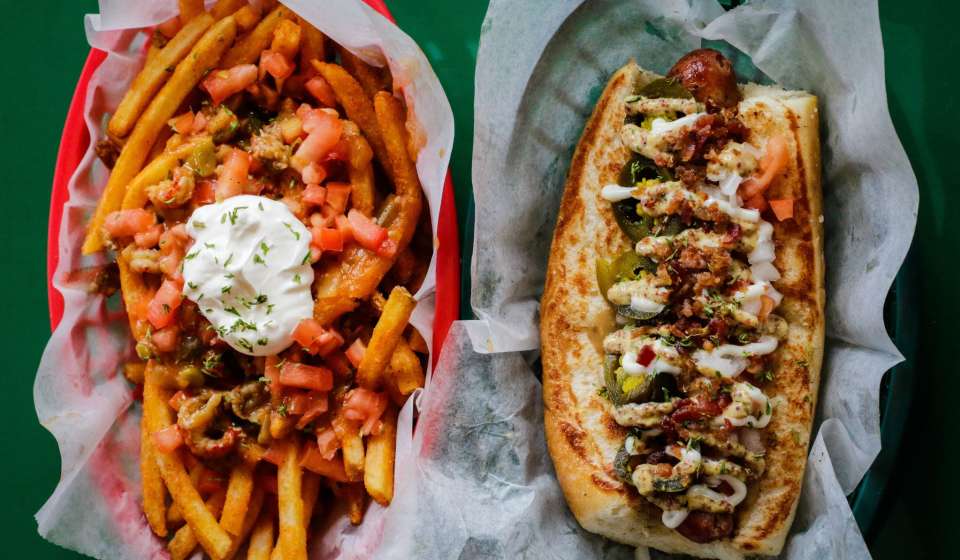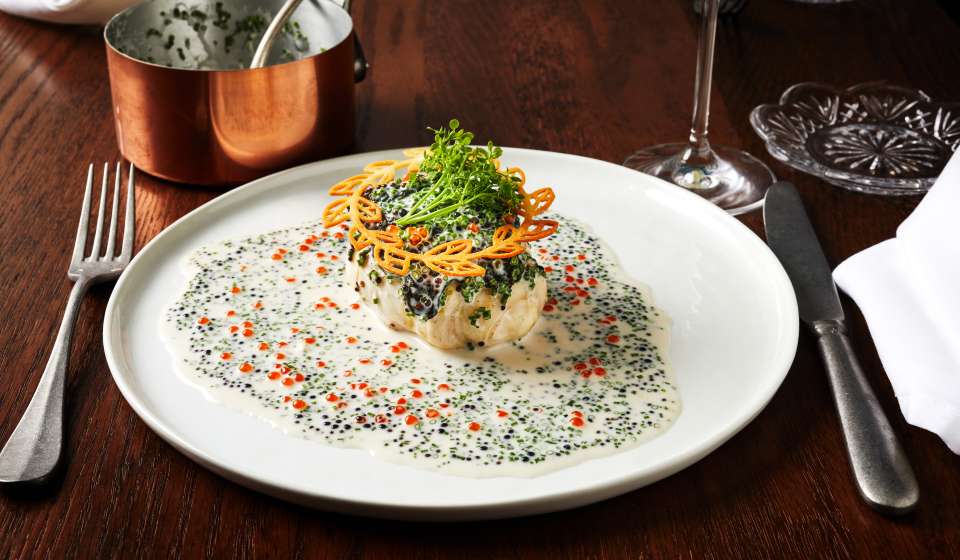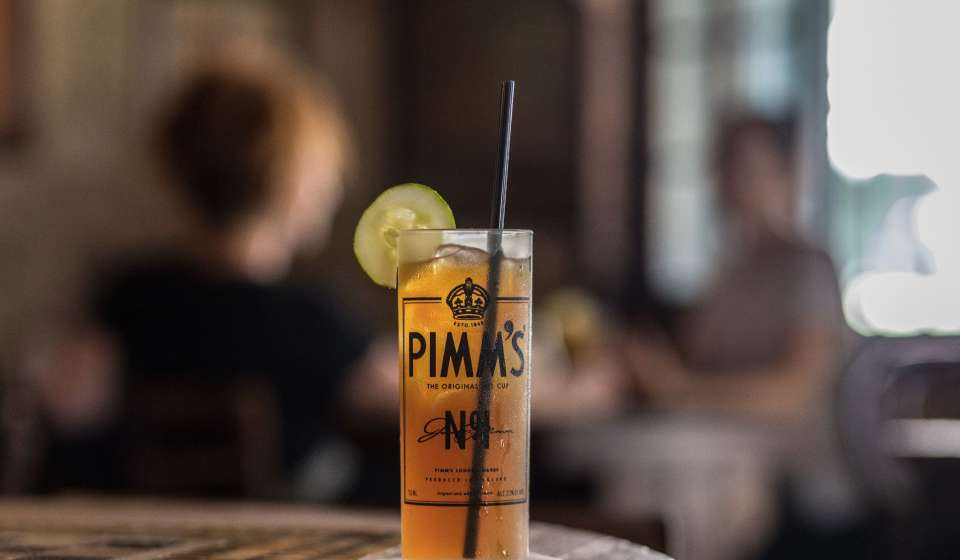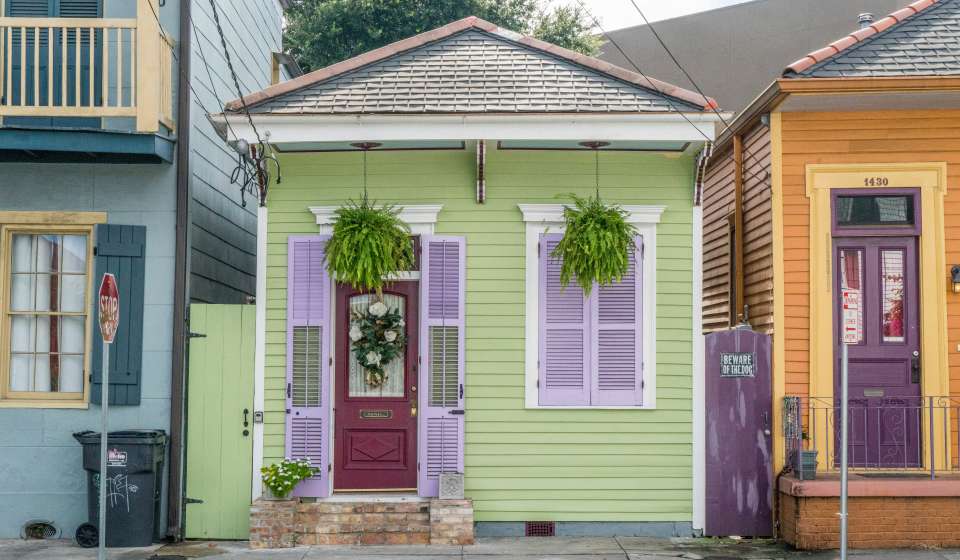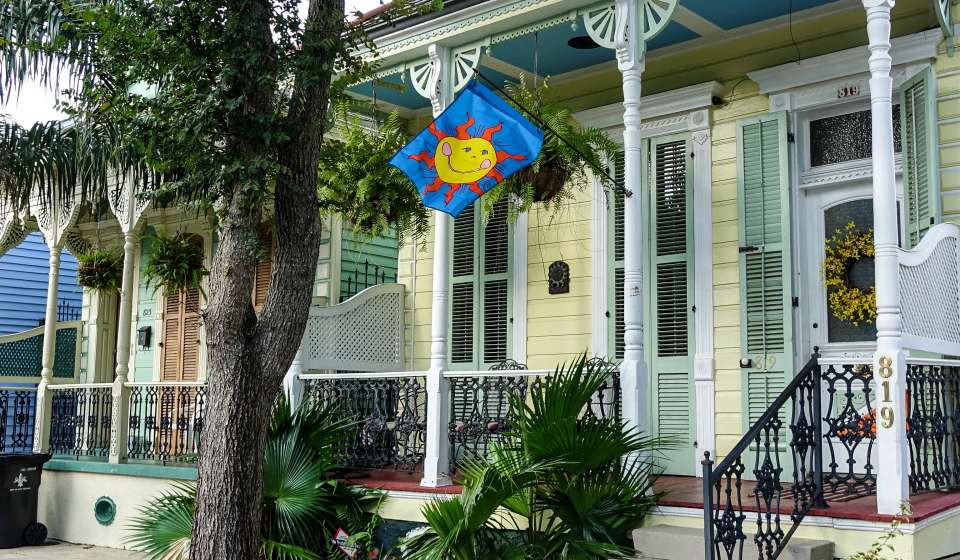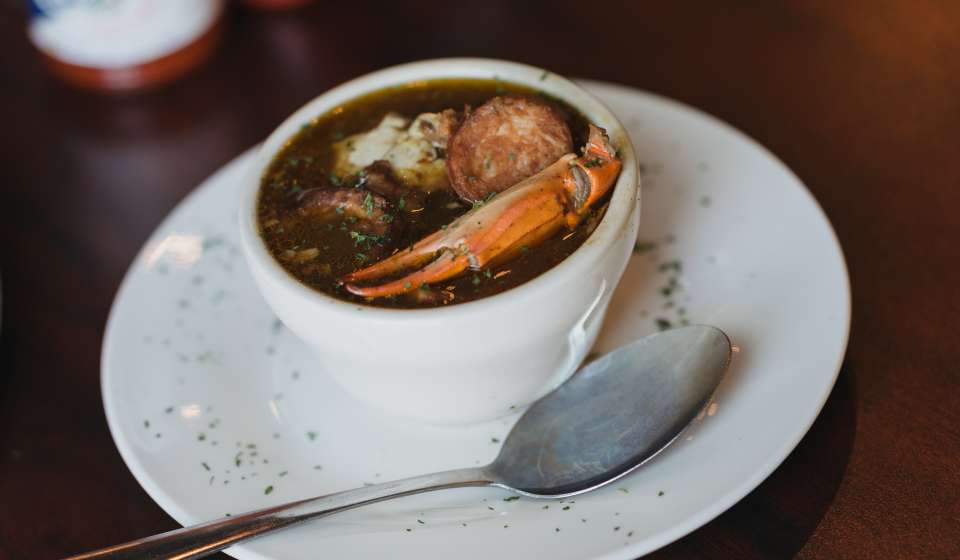
-
Wedding Tools
- Complimentary Planning Assistance
- Destination Wedding Guide Digital Copy
- Elopement Packages
- Marriage License & Legal Essentials
- Checklist
- Welcome Bag Ideas
- Second Lines
- The History of Wedding Umbrellas and More in New Orleans
- Wedding Cake Pulls
- Destination Wedding Guide Printed Copy
- Wedding Inspiration
-
Venues
-
Vendors
-
Pre & Post Wedding
- Wedding Inspiration
- Contact Us
-
Why New Orleans Is Built To Host
- Hotels
-
Meeting & Event Venues
-
Services & Planning Tools
-
Group PR & Marketing Tools
- Convention Calendar
- Testimonials
- Awards
-
Online RFP
- Availability Grid
- Contact Us
-
Things to Do
-
Eat
-
Drink
-
Stay
- Book a New Orleans Hotel
- Hotel Directory
- Bed And Breakfasts: Hotels - New Orleans & Company
-
Places To Stay: New Orleans Hotels - New Orleans & Company
- Saint Charles Avenue Hotels
- Luxury Hotels
- Garden District Hotels
- French Quarter Hotels and Lodging
- Downtown/Central Business District Hotels and Lodging
- Bourbon Street Hotels
- Green Hotels
- Bourbon Street Balcony Hotels - New Orleans & Company
- Haunted Hotels in New Orleans
- Pet-Friendly Hotels
- Historic Hotels
-
Calendar
-
Trip Planning Tools
- Insider's Blog
- LOVENOLA.TV 24/7 Broadcast
-
Weddings
-
Wedding Tools
- Complimentary Planning Assistance
- Destination Wedding Guide Digital Copy
- Elopement Packages
- Marriage License & Legal Essentials
- Checklist
- Welcome Bag Ideas
- Second Lines
- The History of Wedding Umbrellas and More in New Orleans
- Wedding Cake Pulls
- Destination Wedding Guide Printed Copy
- Wedding Inspiration
-
Venues
-
Vendors
-
Pre & Post Wedding
- Wedding Inspiration
- Contact Us
-
Wedding Tools
-
Meeting Planners
-
Why New Orleans Is Built To Host
- Hotels
-
Meeting & Event Venues
-
Services & Planning Tools
-
Group PR & Marketing Tools
- Convention Calendar
- Testimonials
- Awards
-
Online RFP
- Availability Grid
- Contact Us
-
Why New Orleans Is Built To Host
-
Groups
-
Travel Professionals
-
Membership
-
Press and Media
- Community


Creole History in New Orleans
Understanding the origins–and legacy–of Creole New Orleanians
“Creole” is a famously complex word whose meaning varies along the lines of time, place, context, and audience. It derives from criollo, a variation of the Spanish verb criar, meaning to raise, or bring up. The term originally referred to the New World-born offspring of Old World-born parents. It didn’t matter where those parents came from, or who their offspring were; what mattered was their nativity, and being “from here,” born and raised in the colonies, was what made people Creole.
Similarly, after the establishment of New Orleans in 1718, the colony’s founders eventually gave way to their locally born children—the first Creole generation. Likewise, the children of the first Africans in Louisiana, brought here in slavery starting in 1719, would have been known as Black Creoles, or “Creole slaves.”
Historically, then, “Creole” was not a racial signifier, but rather a pan-racial, place-based ethnicity, with the unifying commonality being local nativity. All those who went by this term were “from here,” as opposed to those who arrived from elsewhere, either as immigrants, migrants, refugees, transients, or victims of the slave trade.
“Creole” was also used as adjective. “Creole cooking,” for example, meant local cuisine; “Creole tomatoes” were those grow locally; and “Creole architecture” meant the building styles and construction techniques of the Creole community.
In the 1700s, most people in New Orleans were Creole, and few felt a pressing need to identify as such. This changed after the Louisiana Purchase in 1803, when English-speaking Anglo-Americans began to arrive, followed by foreign immigrants. Locally born people began to feel threatened by the ever-growing number of newcomers, and responded by rallying around their shared bond of nativity—that is, their Creole identity. In the ensuring decades, much of life in New Orleans took the form of a tense negotiation between French-speaking Creoles and English-speaking Anglo-American factions.
The two groups did just about everything differently, starting with where they resided. Creoles tended to live in the French Quarter, Faubourg Marigny, and Faubourg Tremé, which was particularly known for its Creole of Color population, most of them gens de couleur libre (free people of color).
Anglo-Americans tended to live in the Faubourg St. Mary (today’s Central Business District), in what is now called the Lower Garden District, and in or near the Garden District. Both sides of town also had their share of immigrants, namely Irish and Germans, and each side worked to establish alliances in rivalry with the other.
Because the main Creole and American municipalities were located on either side of Canal Street, people jokingly referred to its extra-wide median as a “neutral ground” between the two factions. To this day, New Orleanians refer to all street medians as neutral grounds.
By the late 1800s, assimilation gradually prevailed, and many folkways of the ancienne population, as the Creoles were often called, would fade away in the 1900s.
The local understanding of the word Creole has varied over the past century. There was a time when white revisionist historians insisted that the Creoles were people of “pure French or Spanish ancestry,” despite abundant evidence to the contrary. Others felt that Creoles were necessarily of mixed heritage, which historically was not true either. Many confuse Creoles with Cajuns (Acadians), who descend from French Canadian refugees exiled by the British from Nova Scotia starting in the 1750s. Cajuns settled in rural south-central Louisiana, west of New Orleans, and have a distinctly more rural culture than that of urban Creoles.
Today, someone who self-identifies as Creole in New Orleans is likely to be a person of mixed racial ancestry, with deep local roots, and with family members who are Catholic and probably have French-sounding surnames—that is, Franco-African Americans. Many Black Creoles live in and near the Seventh Ward, not too far from the historic Creole areas around the French Quarter.
While some Creole cultural traits continue today, in foodways, in words and phrases, and in Mardi Gras festivities, other aspects, such as the French language, have largely disappeared. Yet thousands of older New Orleanians, be they white or Black, can recall elders who spoke some French well into the twentieth century, and most of them would have thought of themselves as Creole.


